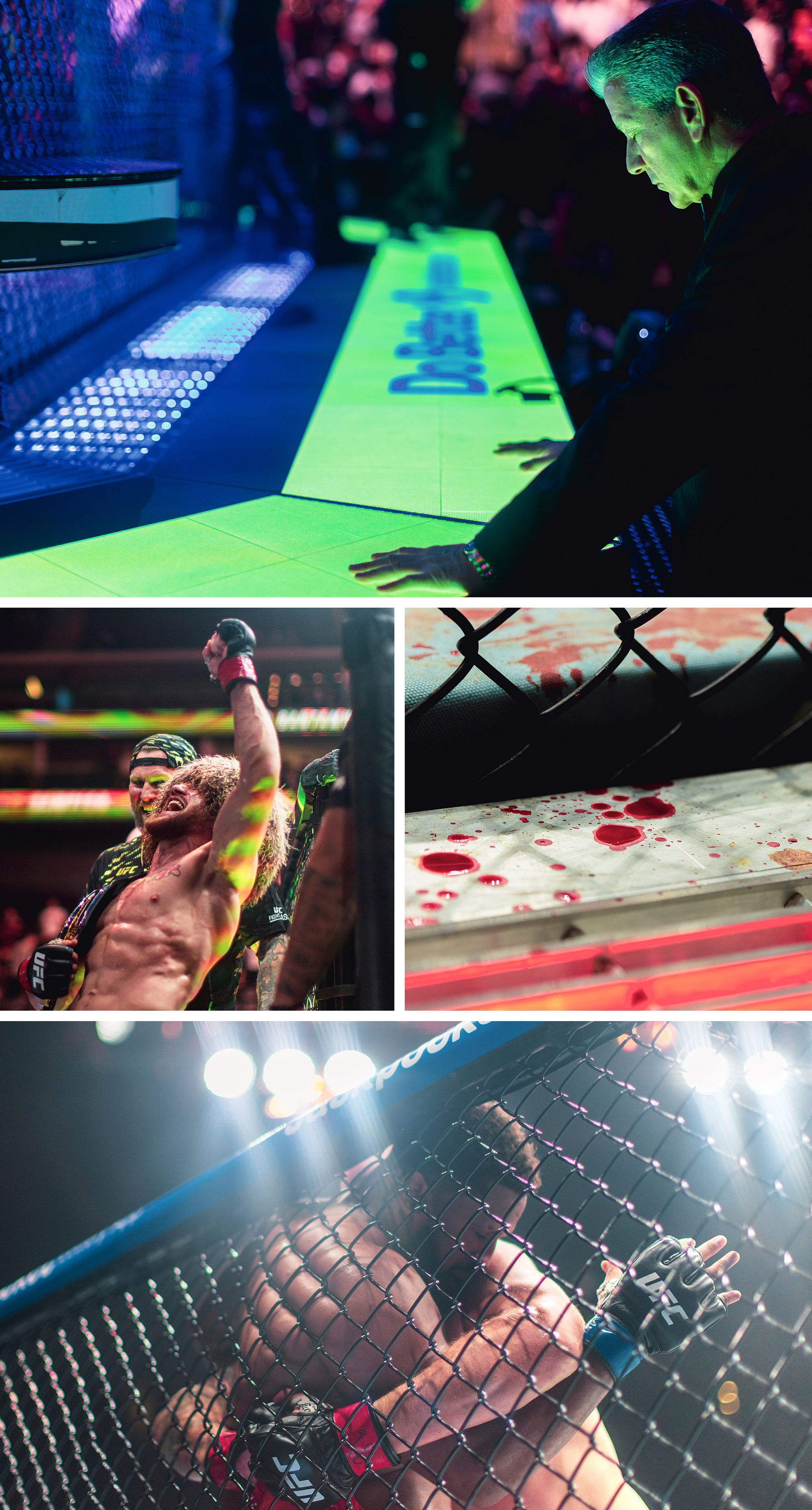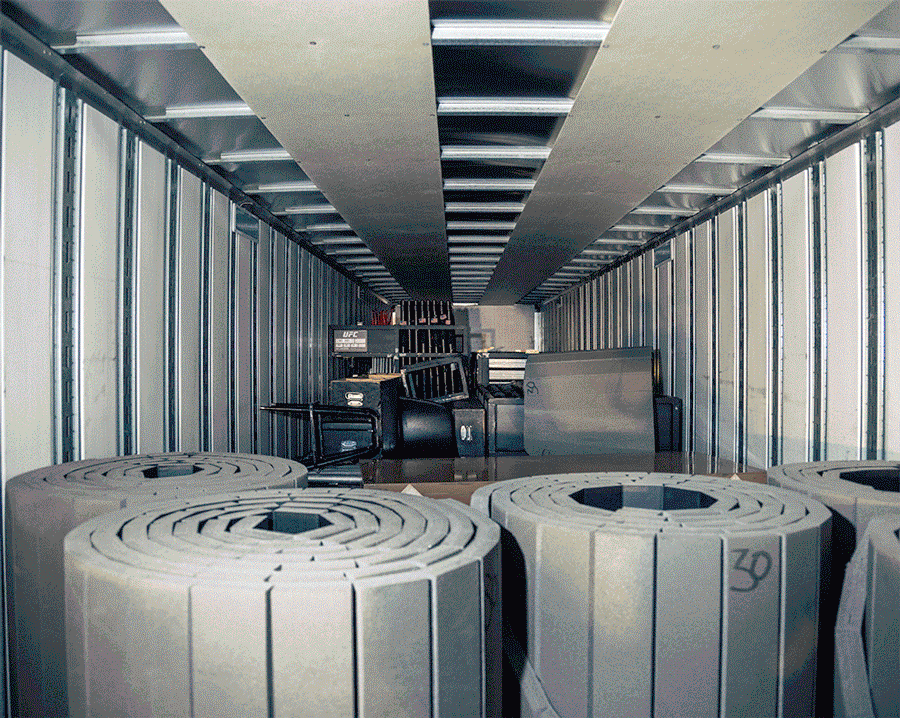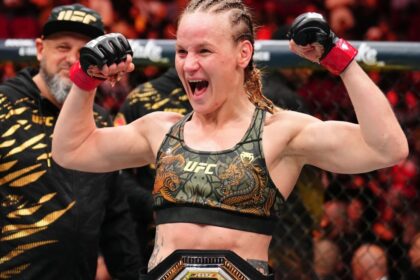The Octagon: The UFC Battleground
In the UFC world, the octagon is more than just a venue; it’s the epicenter where brutality and skill merge. In the second round of an uneven fight between Khaos Williams and Andreas Gustafson, blood stains the canvas, marking the territory of a relentless battle. The scene, worthy of a forensic investigation, reveals the intensity of the fight, with blood splattering every corner of the ring. After Gustafson’s victory, UFC staff, clad in gloves and black suits, enter the octagon to clean up the crime scene. With white towels, they attempt to absorb the blood, a spectacle often reserved for the main fights of the night. The canvas, with its clinging surface, bears witness to every battle. The fighters, in their corners, spit water to avoid becoming immobile. UFC workers strive to clean the blood, knowing that each event leaves a unique mark on the canvas, a visual narrative of the night. Thanks to the “Octo Bros”, the show goes on. They are the guardians of the octagon, a team that travels the world to ensure that every UFC event runs smoothly.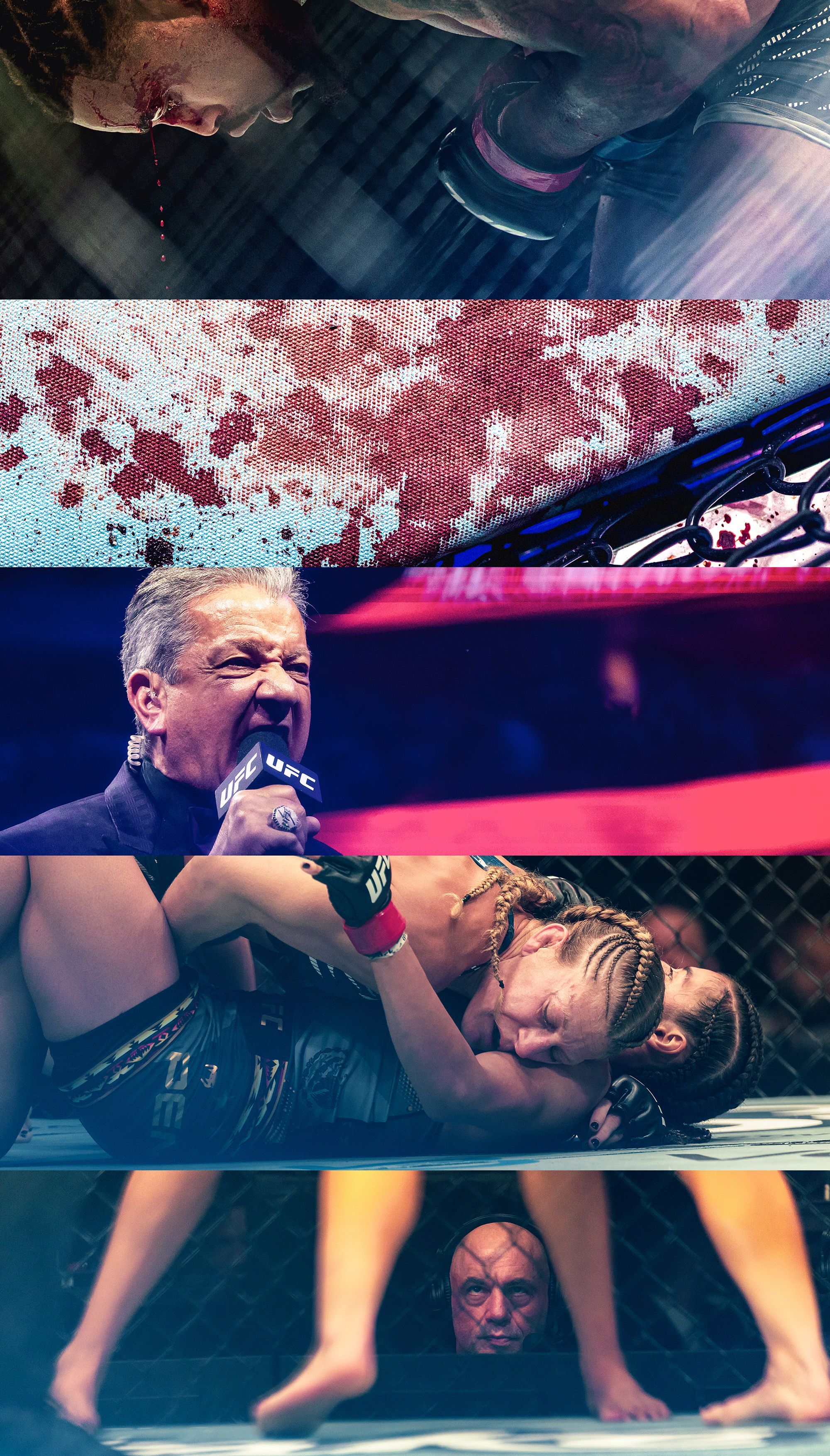
The modern octagon is an evolution of the original UFC 1 cage in 1993.
Contents
The Octagon’s Legacy
From UFC 1 in 1993 to UFC 316 in 2025, the octagon has been the invariable stage for every fight. It’s the equivalent of a single playing field for all NFL teams, or all MLB games played at Fenway. Dana White and the Fertitta brothers, upon acquiring the UFC in 2001, kept the octagon, despite criticism and the need for the sport’s legitimization.The octagon, with its constant improvements, has become a modern and complex combat surface, maintained by an efficient team. The “Octo Bros”, with their personalized license plates, are responsible for this task, managing six mobile octagons and one smaller one in the Apex center of Las Vegas.“The cage provides security,” White affirmed.
Dana White
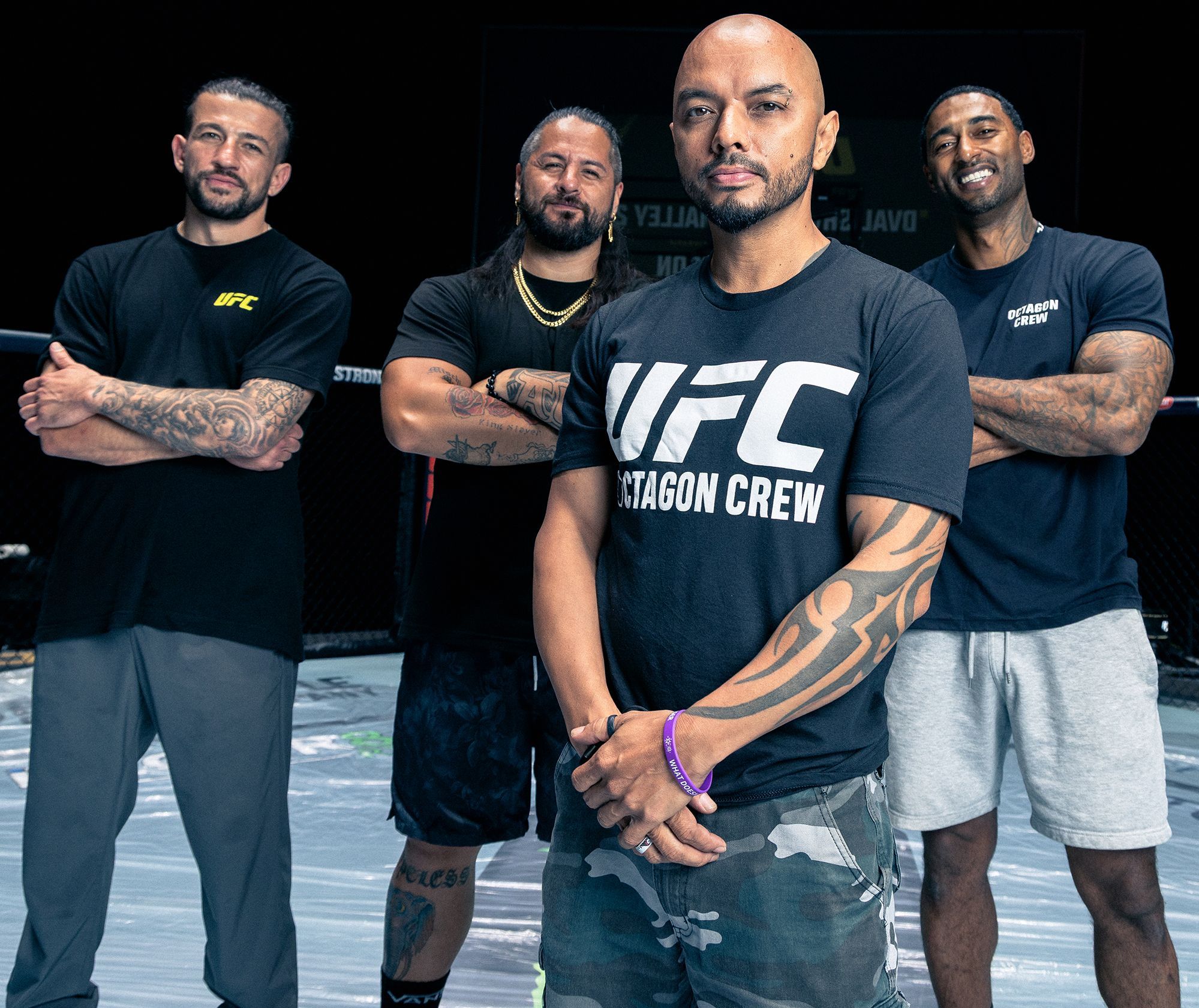
The Architects of the Octagon
Alex Baez, the leader of the “Octo Bros”, is the main architect of the modern octagon. With two decades of experience, Baez knows every detail of the cage. His obsession with perfection is reflected in every aspect of his work, from design to maintenance. The Baez team, composed of Ako Savelio, Brandon Zvulun, and Edgar Vartanian, shares its dedication. Savelio, with his contagious laughter and love for music, brings a positive atmosphere. Vartanian, with his eye for detail, is a key piece of the team. Zvulun, with his strength and determination, completes the unit. The construction of the octagon is a meticulous process, involving the placement of moving parts, the installation of support beams, and the placement of the canvas. Each step is designed to ensure the safety and performance of the fighters.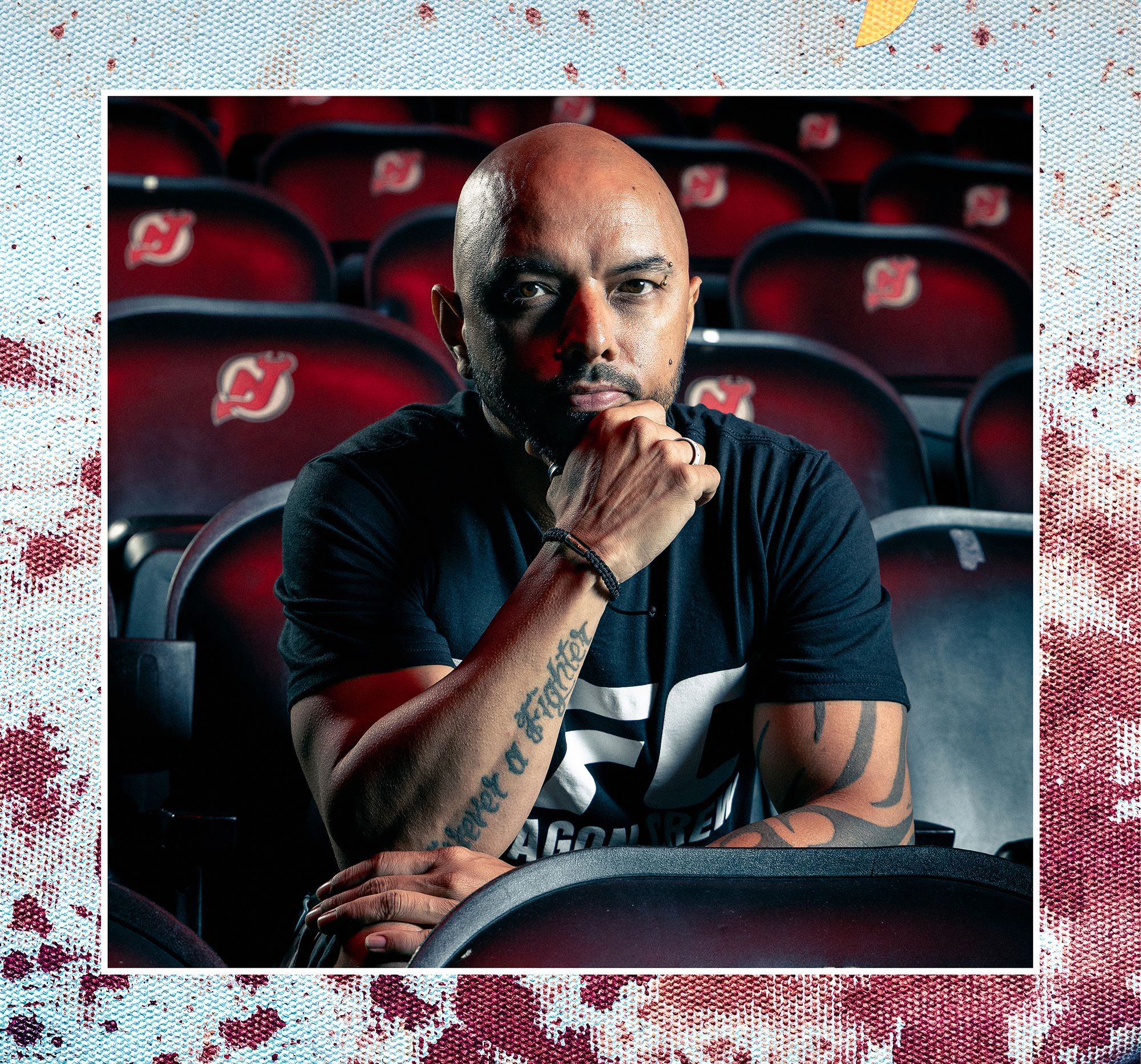
Baez, 41, has designed and maintained every millimeter of the octagon for the last two decades.
Fight Night
In the night of combat, the “Octo Bros” perform a final inspection. The spectacle begins, and they position themselves in their designated places: one in each corner to open and close the doors, one moving on the outside, and another resting. The adrenaline is high, and the “Octo Bros” must act with speed and precision. Time is crucial, and every second counts. Safety is paramount, and the hits don’t stop. The night unfolds with exciting fights. The presence of prominent figures, such as Donald Trump, adds a special touch to the event. Kevin Holland’s victory, followed by a jump over the cage, generates controversy and reinforces the importance of safety.